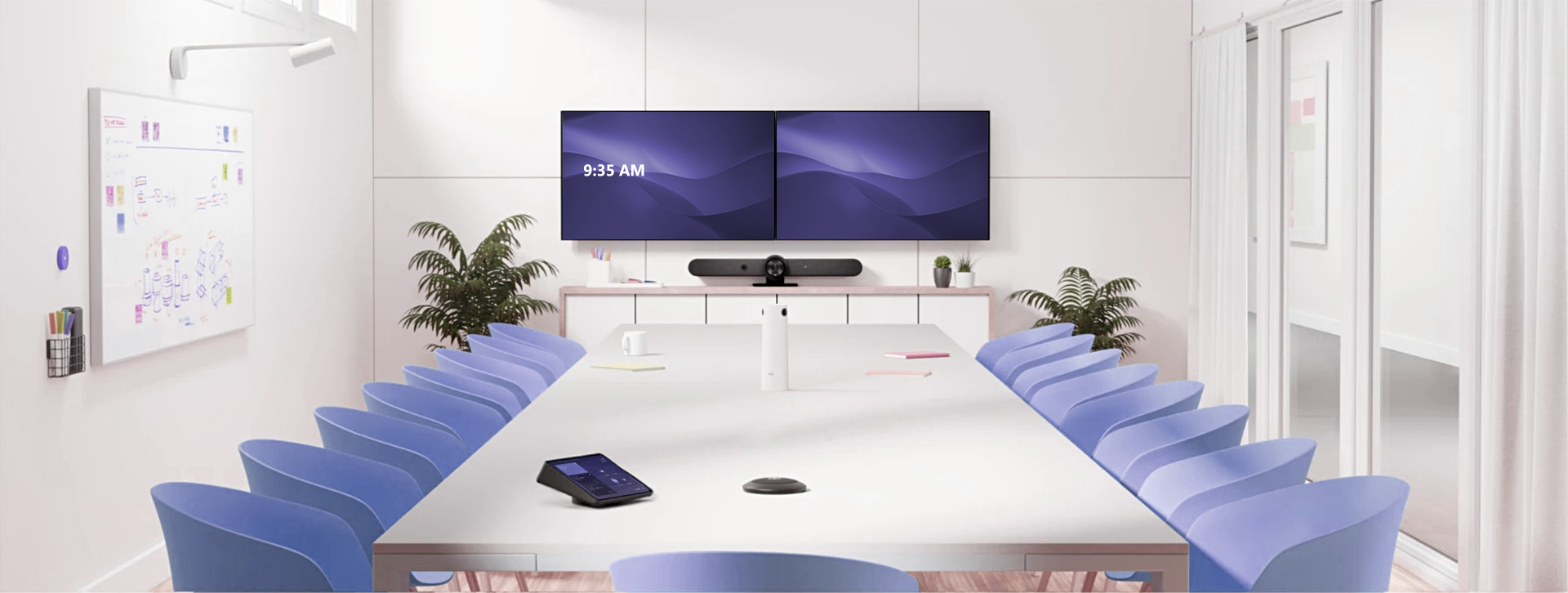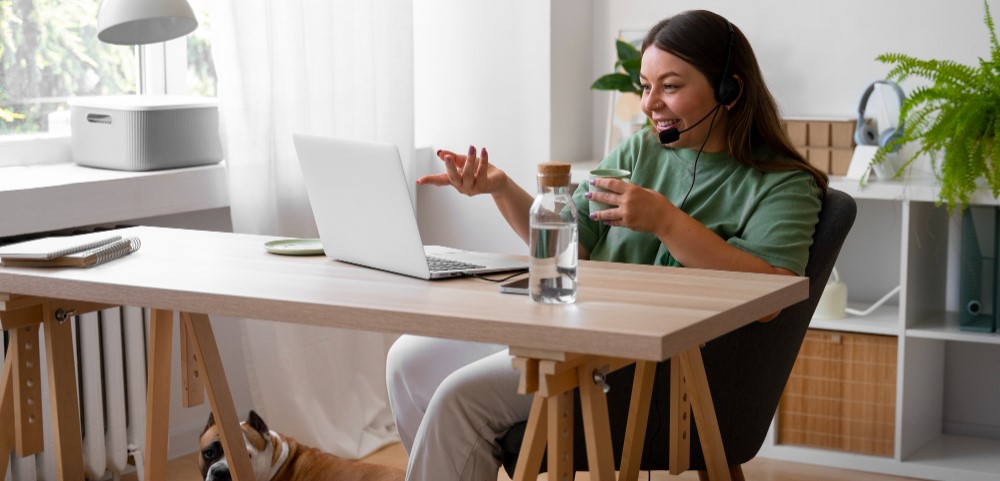Healthcare is a thriving industry, especially in today’s post-pandemic world. There’s a lot of tech and automation activity happening to help meet the increasing demand for speedy and efficient technical processes. Another key driver is the need to provide more opportunities for safe, hygienic, and contactless experiences.
That said, the healthcare sector faces many issues today. That includes unreliable supply chains, issues with cost and transparency, and poor consumer experiences.
Issues with delivery systems, data analytics, next-gen payment models, and creating accessible points of care for the masses are also prime areas of concern.
Technology can play a role in solving many issues related to these and leading the way could be audio-visual tech. Let’s discuss what role AV has in this highly demanding space.
- Artificial Intelligence and Healthcare AV
Audio-visual technology can give doctors and healthcare providers more time to spend with their patients. It can also help enable instant access to healthcare providers, which is important in these times. Some useful AV technology would include smart speakers, voice-command digital assistants, wearables such as FitBits, and more. These would help healthcare pros collect important data such as their patients’ exercises, sleeping habits, blood sugar levels, and other relevant data. Smartphone applications are also a highly useful area to watch in healthcare AV trends. For instance, one can measure the steps taken for EKG. 3D simulators can also give a patient a good idea of their healthier diet.
Integrators will have to pay attention to advances in AR and VR in the healthcare segment. There’s a lot of potential in this area and developers will find several ways to incorporate AV into healthcare to increase efficiency, accessibility, and impact.
- Technological Aids in Med Schools
Healthcare AV trends promise to help commercial integrators enhance services in the education sector. For example, medical schools all over the world are investing in virtual anatomy labs. Providers and education hubs install these and create a better learning experience for their students. These virtual labs also give students more access to studying the human body. That creates a need for touch screen installations and more. We can see how such AV tech creates a better learning experience for students.
AV can greatly help med school students and teachers who are being adversely
impacted by lockdowns and other curbs. It can be difficult to impart knowledge to these students while there’s a lockdown. Remote learning is the new norm and AV tech can help students study better and have free interactions with their mentors. It can also give them something akin to the lab experiences that they usually have when classes take place in real-time.
- Trends In Telemedicine
Real-time collaborative technologies allow healthcare practitioners and providers to confer with one another. That will bring the benefit of remote connections between patients and doctors. That could mean anything from virtual patient-doctor check-ins to local pharmacies offering remote consultations with doctors. In some areas, healthcare professionals are creating robust telehealth programs. That would help patients virtually consult with doctors instantly. This holds great potential in removing barriers to getting assessments and treatments done and improving access to healthcare. That would provide an avenue where access is simplified for both patients and providers.
This would also lead to the emergence of telemedicine-as-a-service as an industry. That would play an important role in making technical logistics work, especially from the perspective of a healthcare provider. To ensure effective telemedicine programs, healthcare players would have to utilize both audio and visual tech. In this age of smartphones, one cannot simply rely on just audio-processes. The visual element would also make it easier for healthcare pros to correctly diagnose and aid their wards.
- Increasing AV Network Size
The network size in healthcare is touted as one of the most important concerns in this domain as applications grow. As network size increases, the demand for interactivity will surge too as usage grows. As more data-heavy healthcare tech is created over time, there will have to be a well-planned and robust network infrastructure to support it.
Therefore, there is much scope for both AV tech and relevant technology players to work together to create seamless technological experiences. These will have to be flexible enough to be updated over time.
Technology promises to improve the overall patient experience. They could have better access to medical information, healthcare professionals, and more. There will be greater knowledge available for healthcare professionals and they will learn more about patient information and diagnostic data as well. That will give them greater accuracy and interactivity and will help create a better experience for all the stakeholders involved.
The end objective is to improve care outcomes and increase accessibility.
As we saw, there are many applications of audio-visual technology that could benefit the healthcare sector. That includes creating conference AV rooms, training spaces, experience centres, and more. By creatively using audio-visual solutions, healthcare professionals across many verticals will be able to experience seamless services. But you will need to align with an audio-visual pro who can put your vision into real-life solutions and help you achieve your goals. That’s where Resurgent comes in. With our decades of experience and expertise, we can help you create the best and most reliable AV solutions you need. Connect with us to know how.



